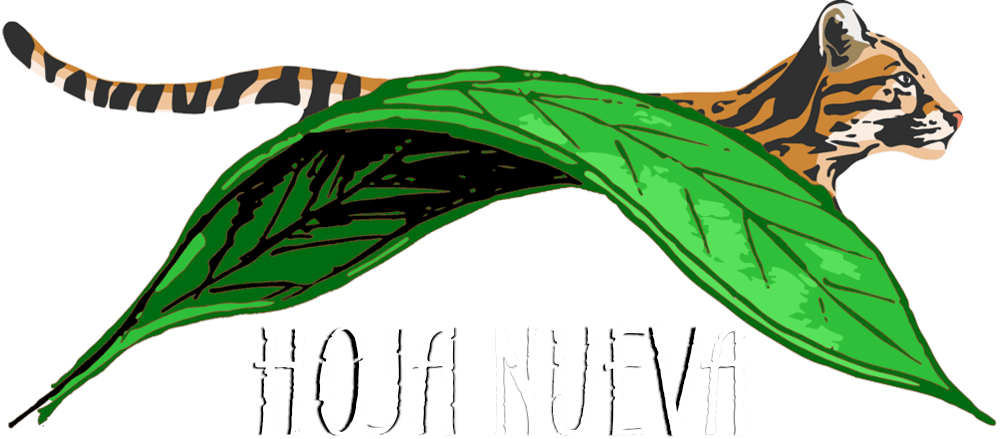Now you can support our rescued animals in Peru from anywhere in the world. As a sponsor, your contribution ensures that our animals in rehabilitation reach their final destination: reintroduction, and that our sanctuary animals live happy, healthy lives in their natural environment.
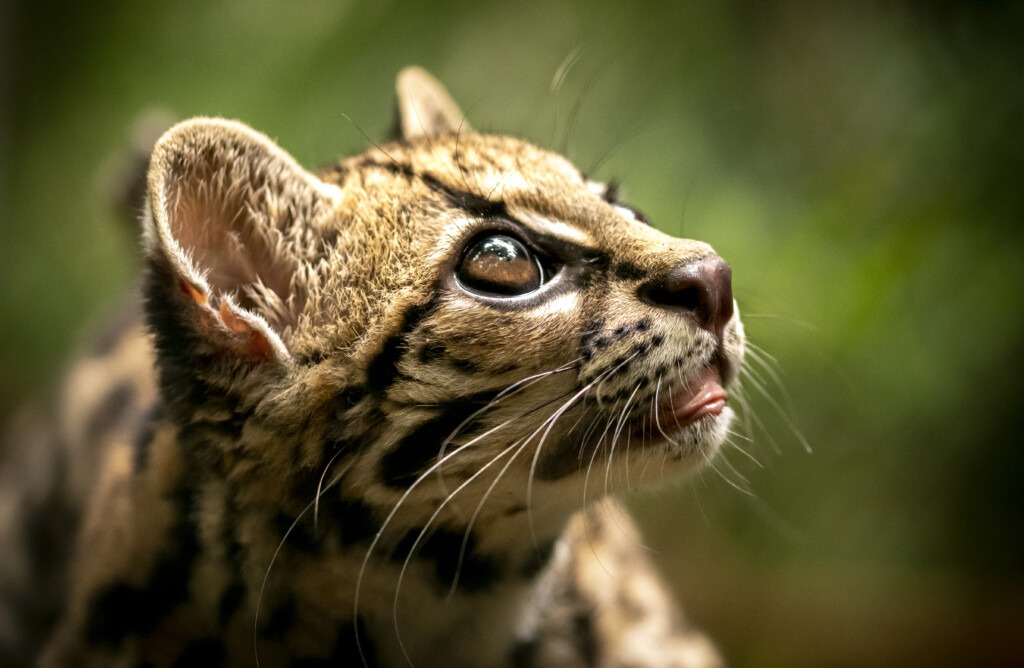
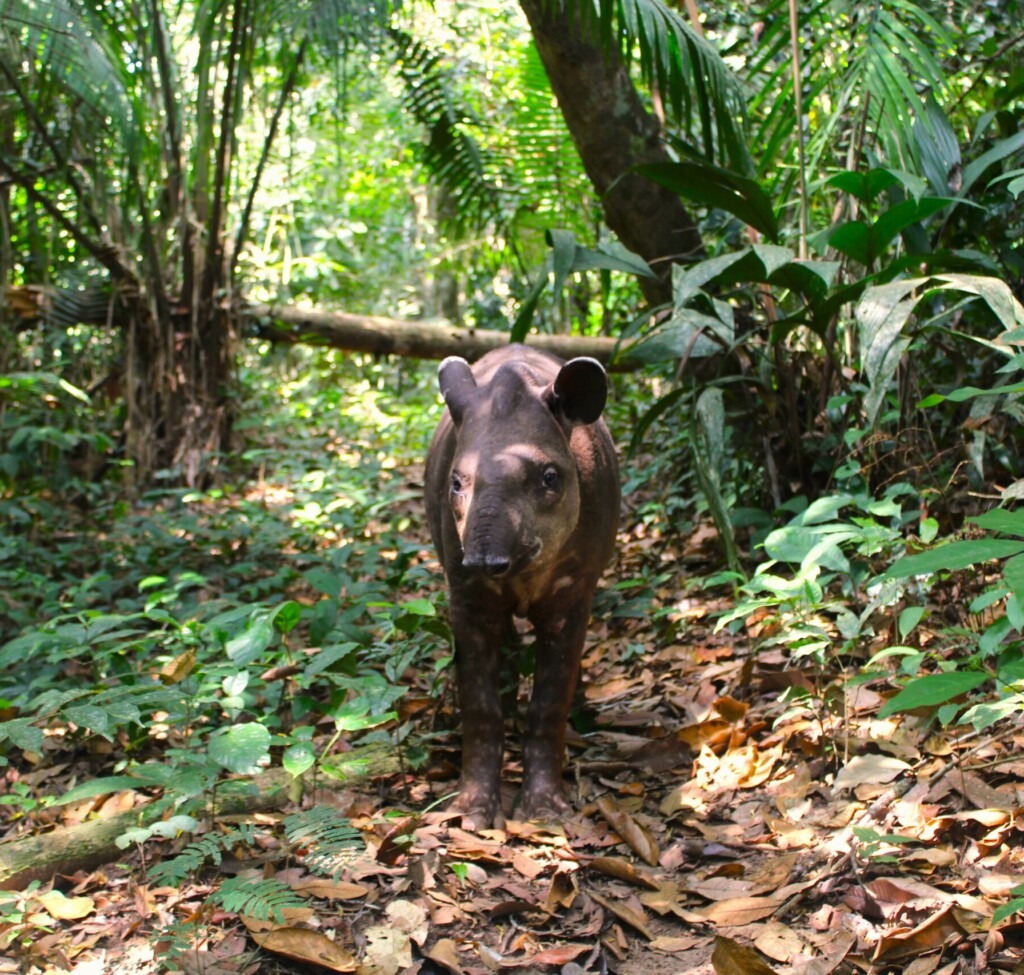
How does it work?
Choose a rescue animal to sponsor:
- Felids (wild cats) in rehabilitation for release
- Non-felids in rehabilitation for release (all other mammals and reptiles!)
- Rescued wildlife in our sanctuary
95% of our animals are undergoing rehabilitation for their reintroduction into the wild. Funds go toward their care in captivity and costs associated with their translocation and release. For the animals in our sanctuary, funds go toward their constant care, enrichment and oftentimes, medicine.
What will you receive?
As a sponsor, you will receive:
- Acknowledgement of your sponsorship on our website (scroll down!)
- Email updates on your sponsored animal, including current photos, 3-4 times a year
- Personal fulfillment knowing you are responsible for providing a wild animal with a second chance and a better life
Gold Sponsors: (> $1K USD) one-time or yearly
Silver Sponsors: (> $500 USD) one-time or yearly
Bronze Sponsors: (< $500 USD) one-time or yearly
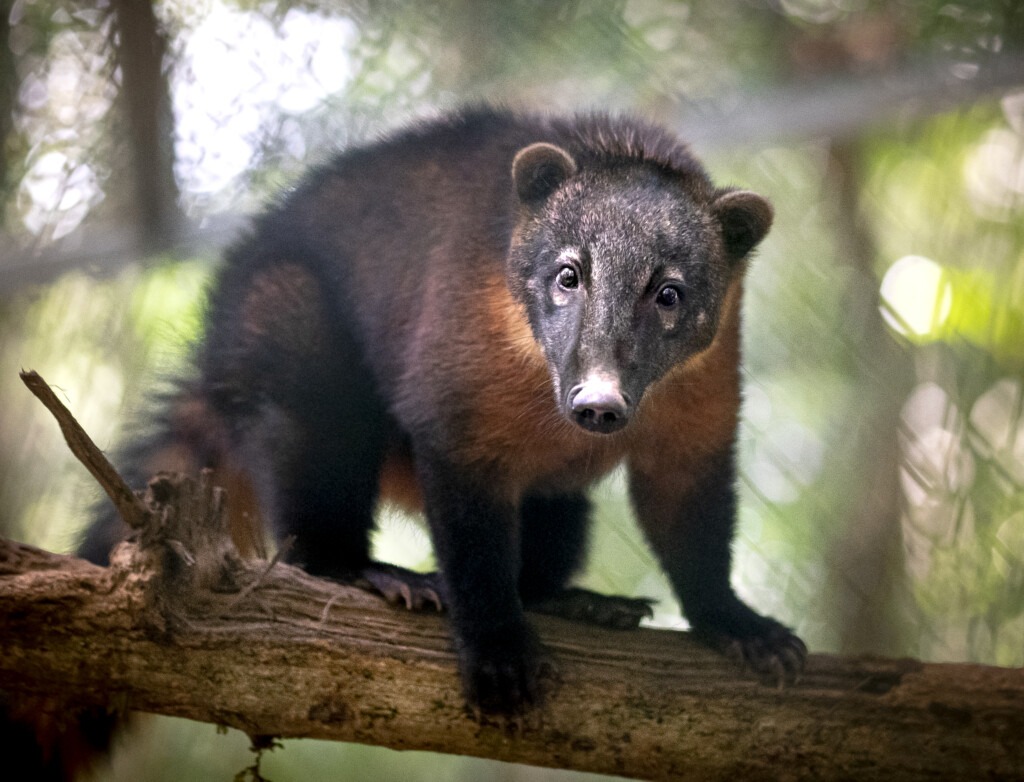
Donations made by taxpayers in the U.S.A are tax deductible. Please record our EIN: 47-4323459
SPONSOR A RESCUE TODAY!
Felids In Rehab For Release
Non-Felids In Rehab For Release
Sanctuary Animals
about the animals

Artemis came to us at 4 months old. From her size alone, we thought she had to be younger – but her body simply had not been given the nutrients necessary to grow. She is now almost 40 kilos of muscle, freedom and determination. She will be released in Loreto, where she orginated, when she turns 2 years old.
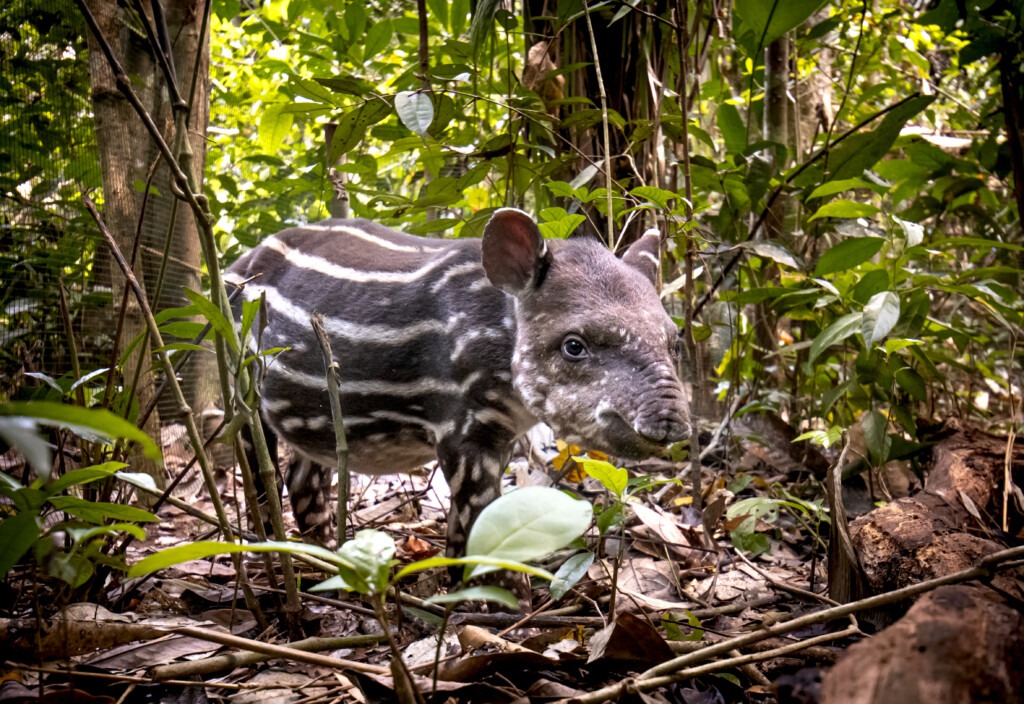
Eywa’s mother was poached in a nearby community; a still-nursing Eywa was to be sold as a pet. Luckily she was intercepted by the authorities and transferred to our facility. Although tapirs stay with their mothers for three years, we are planning to release a fully independent Eywa just over two years old on our protected reserve.
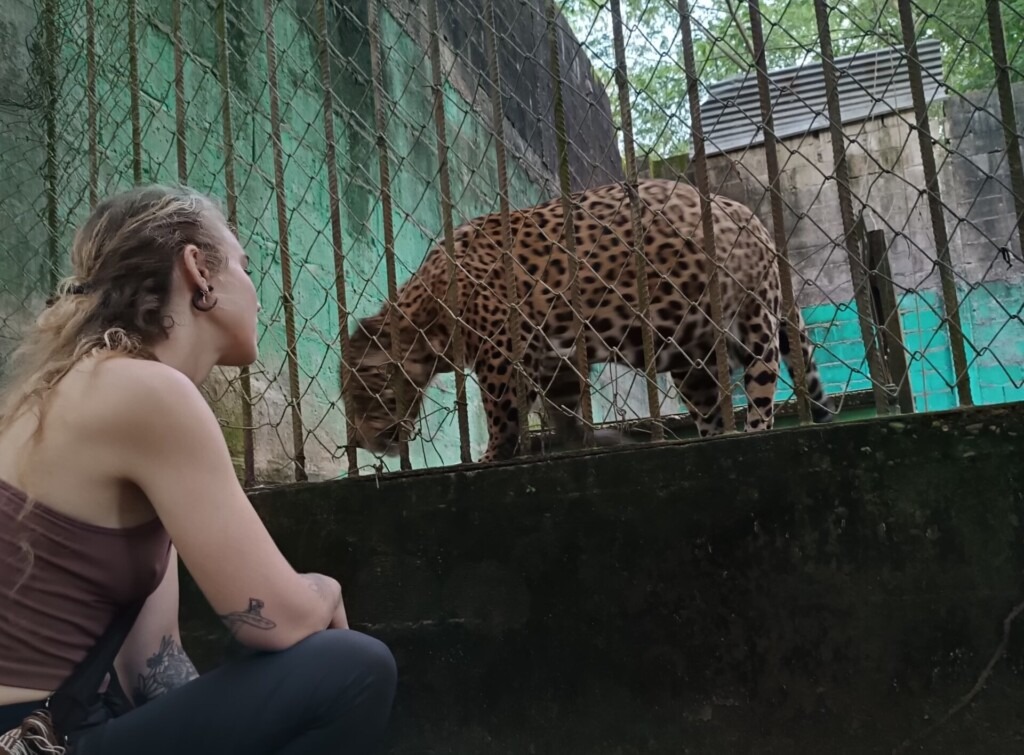
This jaguar is known as “Precious.” She has been living in a roadside zoo for over ten years, forced to eat fat scraps from the local slaughterhouse while living in boredom and solitude. We are bringing her home to our sanctuary this January and she is in need of sponsors for her continous medication and care in our sanctuary.
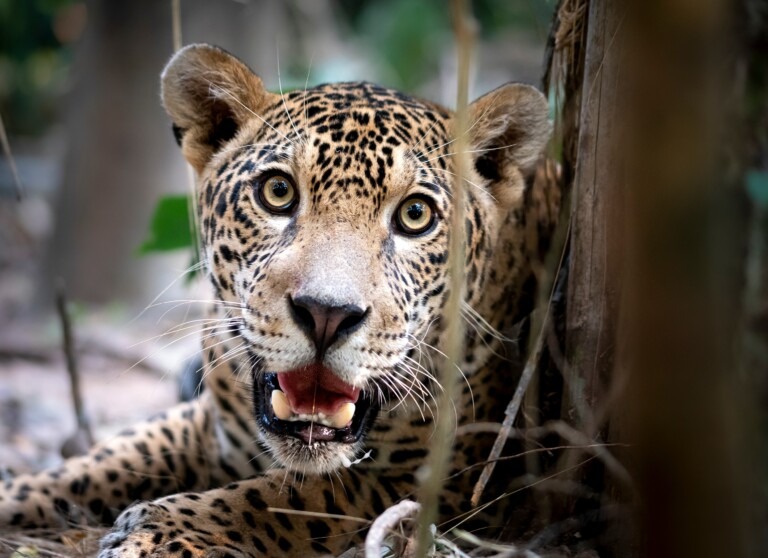
Beastie was kept in a small, dark room for the first 5 months of his life. Although he suffered both physically and mentally from this time, he has improved greatly in our rehabilitation program and has become a confident, independent, beast of a jaguar. Beastie will be released near the Manu Reserve when he turns 2 years old.

We’ve successfully joined Ten of our collared peccaries into one squadron for release, with Charlotte as the alpha female. They will be soft released on our reserve in under one month. we plan to use ear tags and trail cameras installed on our lands to monitor the group as a whole post-release.
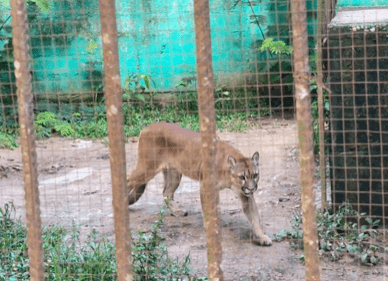
This female puma who we’ve sinced named ÑaÑay once had a sister. As kittens they were declawed and put in a zoo – years later her sister escaped and was sadly killed. For a year ÑaÑay has been alone, living a malnourished, stressed life. With your help we will change that, by providing her sanctuary at Hoja Nueva.

Nairi and Azura had an exhausting journey before hoja nueva. They were taken from their mother, kept as pets, and transferred around destined for a zoo before we heard about them. We fought with congress by our side to rescue nairi and azura and put them on the path toward reintroduction. They will be released in loreto in 2025, hopefully together!
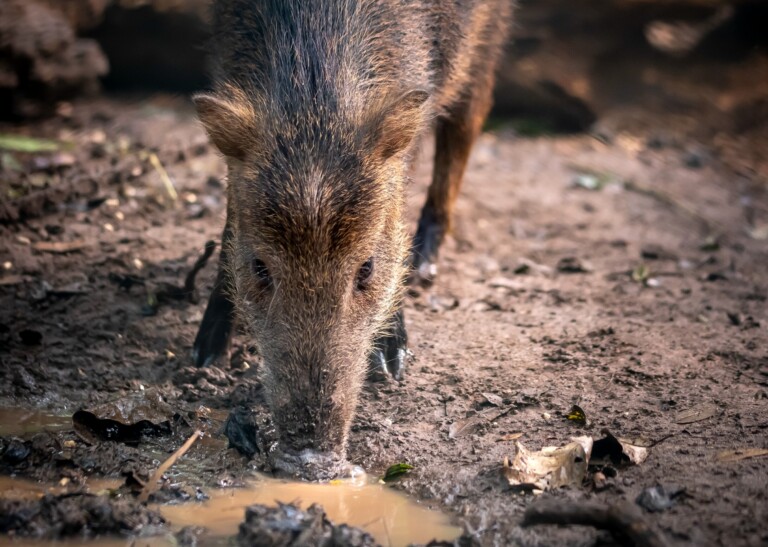
Sacha and Huayo were rescued by the local government in Madre de Dios in 2022, and we have since raised them together as brothers to be released on our reserve. Although Sacha suffers from stunted growth, him and Huayo are successful seed predators and incredibly wild. We are hopeful that after release they will integrate with a wild squadron of white-lips on our protected reserve.
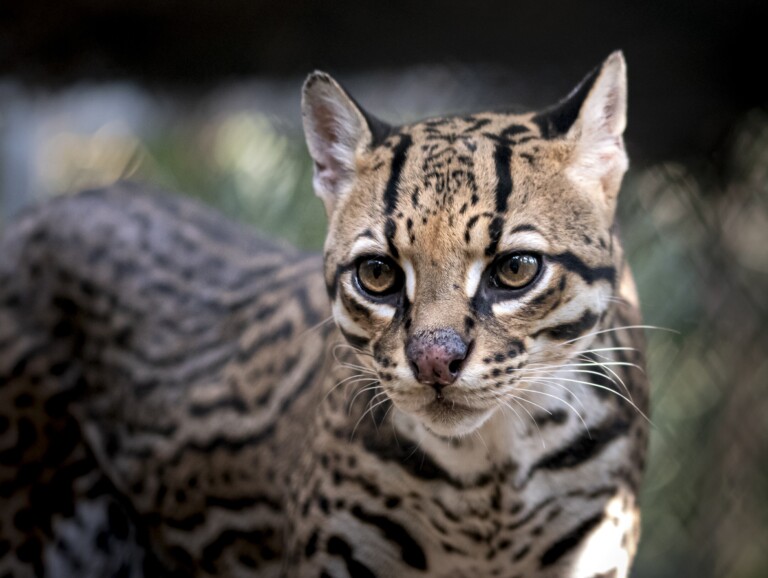
Marilyn came to us as an adult all the way from Lima, after having been trafficked since she was a kitten and likely passing through many hands before the zoo. She spent a year in a small, concrete holding facility and suffers from a chronic stress disorder due to several years of neglect and captivity. She now lives a happy, comfortable, high quality life at Hoja in her jungle enclosure, but unfortunately due to the physical and psychological damage she suffered is not able to care for herself in the wild.
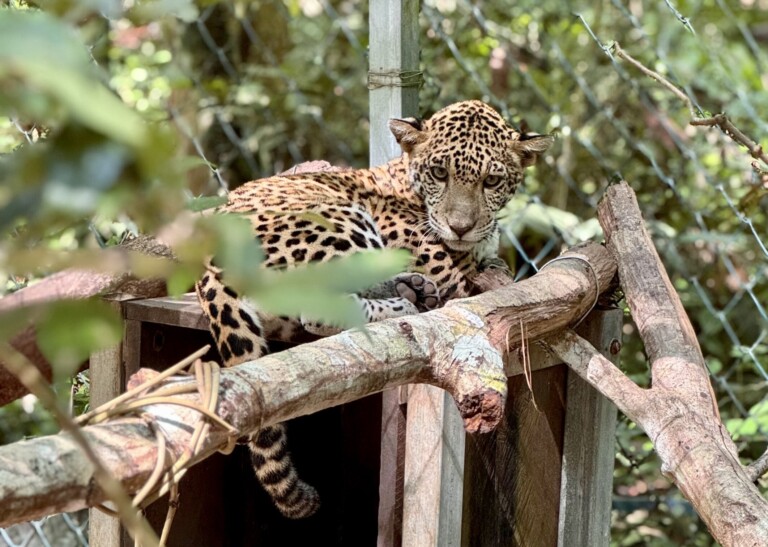
Navea was rescued by the local wildlife department here in Puerto Maldonado. She was taken from her mother far too soon, like so many before her. But navea is one of the worst cases we’ve seen. She has pulled through, but we thought we would lose her to the pure emotional trauma of losing her mother so young. She will be the first jaguar we are able to release and monitor on our own protected lands, since she’s from here.
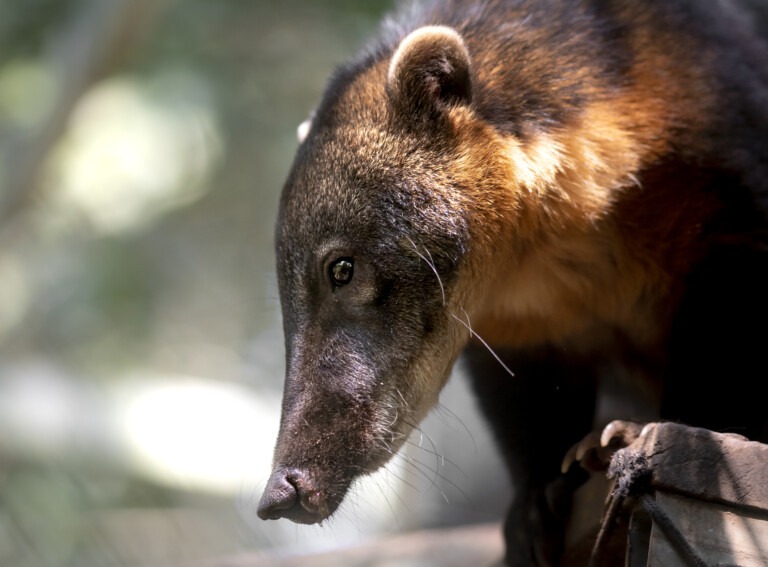
We are so thrilled that Lunes, Foxy, Mora, Pablito and Tarmena have accepted one another to form a group for release. They have come from grim circumstances in the pet trade and survived both physical and psychological traumas to become the successful coatis they are today. They work together to build nests and hunt for insects, and comfort one another through storms.
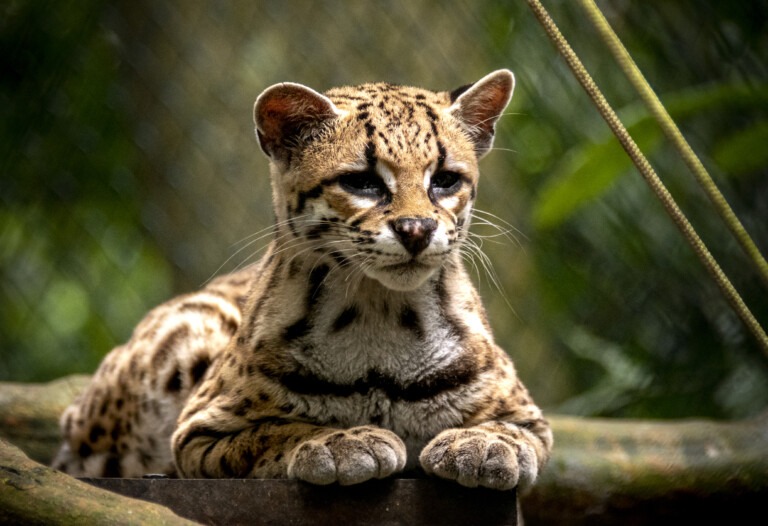
Margarita is our oldest resident, approx 15 years old. She spent a lifetime in an illegal zoo during which time she went almost fully blind from malnutrition and overexposure to sunlight before we were able to shut down the trafficking operation and rescue her. Surprisingly, her lack of sight does not keep her from living a happy and active life full of climbing, jumping, and chasing butterflies. Due to both her age and her vision impairment she will live out the rest of her life as the resident matriarch of our sanctuary.

Apollo and Adula both came to us from zoos when several years old. They were heavily humanized and at first, unable to hunt and kill their own food. Months later, Apollo and adula are now at the top of our list of wild cats to reintroduce. We plan to do so on our reserve, providing them with support if necessary by regularly tracking them and their movements.

Lilo and Stich are bonded male and female collared peccaries that will begin our next group. They are still young, and due to how many collared peccaries come to us yearly, we are confident we will have a group of six formed and ready in approximately 8 months. Help support their care, rehab, enrichment and release today by sponsoring this beautiful pair!
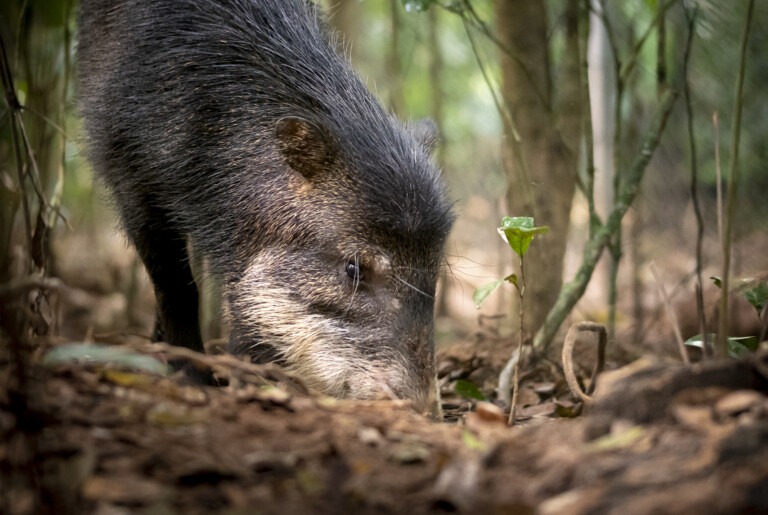
Billy is an adult peccary that we rescued at a young age who enjoys digging, destroying any enrichment items given to him, and dunking all his food in his pond before eating it. Due to not having any companions he was raised alone and did not develop the necessary social skills to join into a group. Fortunately, we rescued a female named Penny from a local zoo who will soon join Billy, and we can reevaluate their futures in the wild.
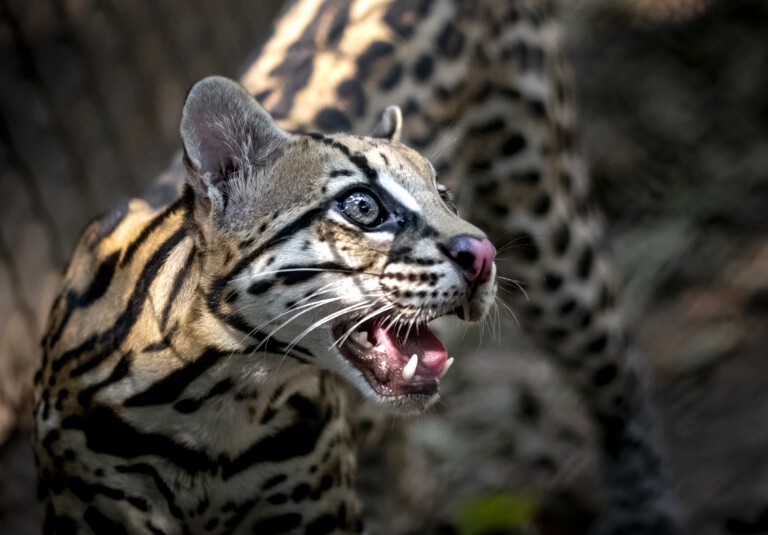
Lola is our youngest ocelot and one of our most recent rescues. Like many of our wild animals, she came from the regional pet trade. Lola is full of energy and is already hunting her own live prey. We have no doubt that in about nine months, Lola will be ready for release on our reserve where she will live wild and free.
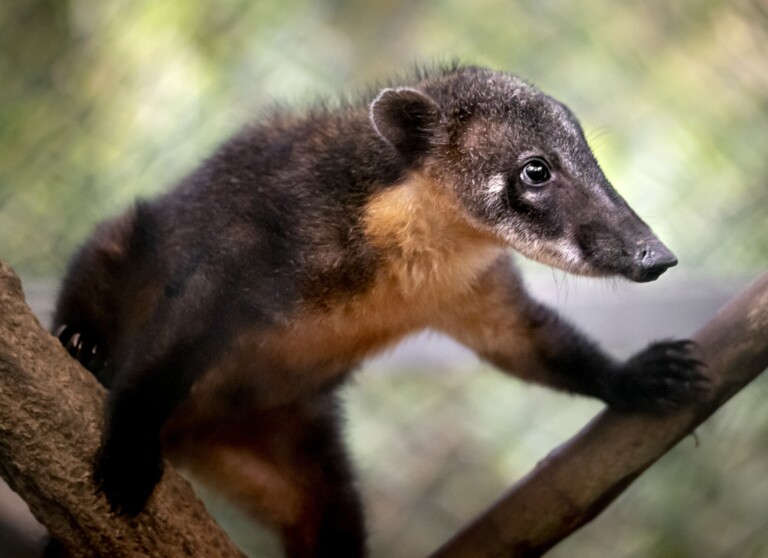
Sotaro and ratiti are two male coatis we recently rescued from an illegal zoo in puerto maldonado. Sotaro is still young, less than one year old, and ratiti is an adult male. They have had the worst start in life, but that has now changed. both make great candidates to join one of our coati groups and one day be released!
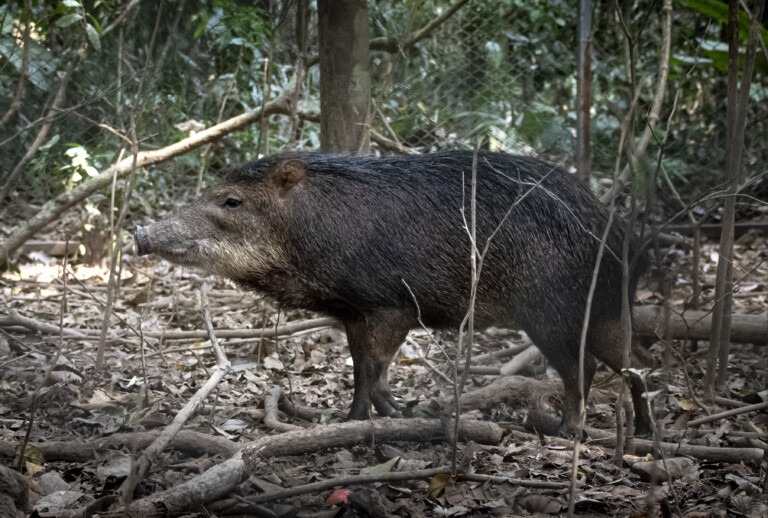
Tom & Lucy are a pair of senior white-lipped peccaries that we rescued from a center that was no longer able to care for them. Having been raised in a petting zoo setting, they do not possess the necessary abilities for foraging and avoiding predators. However, they are very happy in our sanctuary area where they have a large enclosure in the forest, spending most of their time eating buckets full of root vegetables, chasing each other around, or wallowing in their mud pit.
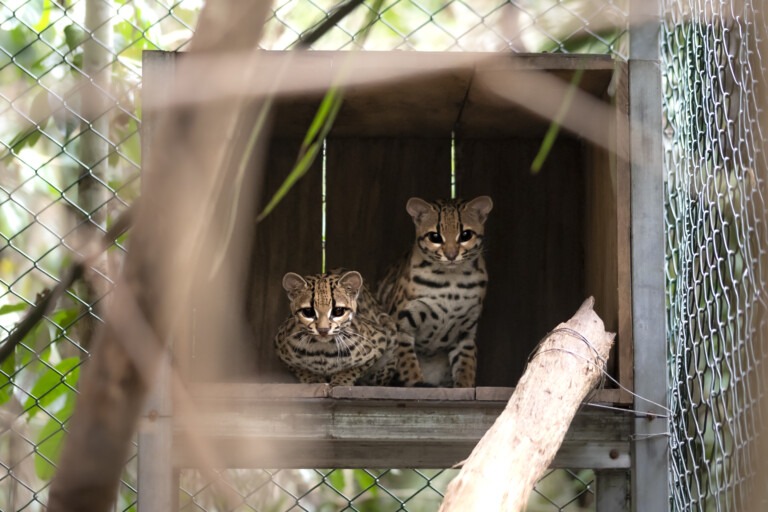
We received Miski and Mango at 3 and 3.5 months old, and decided to put them together as if they were siblings. Since they had each other, they needed less human interaction at such vital stages in their development. Miski and Mango at less than a year old are now extremely wild and hunting on their own, together. We plan to release them when sexually mature, mid 2024!

Yellow-footed tortoises are listed as vulnerable by the IUCN. Their numbers in the pet trade are increasing, and returning each and every one to the wild is vital for wild populations. We would ideally tag (small AA-battery gps tag) each released tortoise to track their reintegration success and contribute valuable data of their disperal and spatial patterns, and we have 13 to release! Help sponsor a tortoise today!

Deino is a giant black caiman that has lived over 20 years in an illegal roadside zoo. Due to her size, she cannot be released into the wild. She would either be immediately killed by humans, or throw off the population in which she is inserted. Rescuing Deino is one of our largest undertakings yet, aimed for January 2024. You can support Deino’s rescue and care at Hoja Nueva by sponsoring her today!
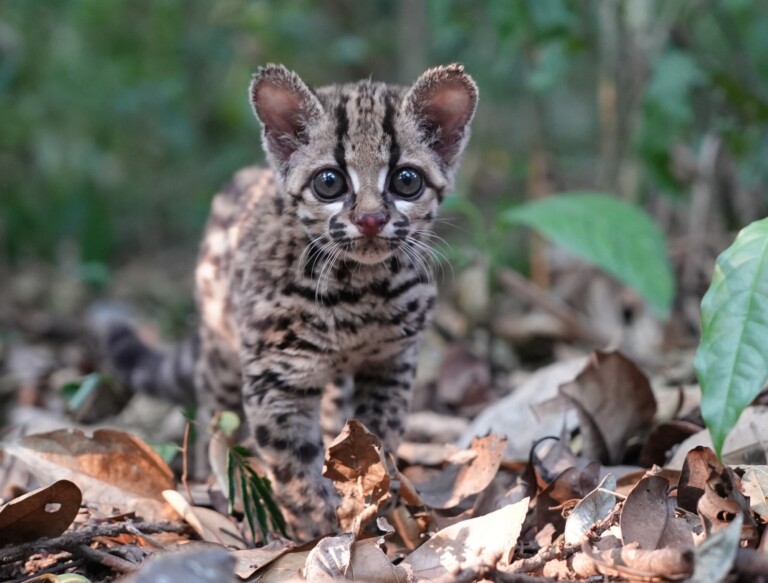
Mara and Marito are our youngest margays, only 5 months old. they arrived after being trafficked from two separate places, but we have decided to join them together. Like miski and mango, having each other will limit human contact, activating their wild instincts even more. In around one year they will reach reproductive age and be released onto our reserve, together.
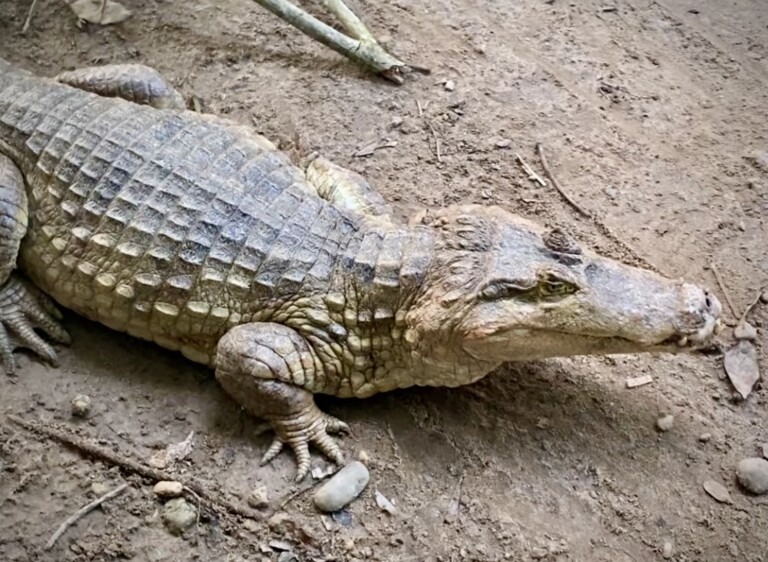
Snaggle and chubbs are two white caiman rescued from an illegal roadside zoo in puerto maldonado. Snaggle was in the worst state, with severe damage to his snout and teeth. We do believe they will recover enough physically to one day be released into the wild, although we have a lot of work to do before that date. Please consider sponsoring snaggle and chubbs, who might not be as easy on the eyes but sure need you just as much!
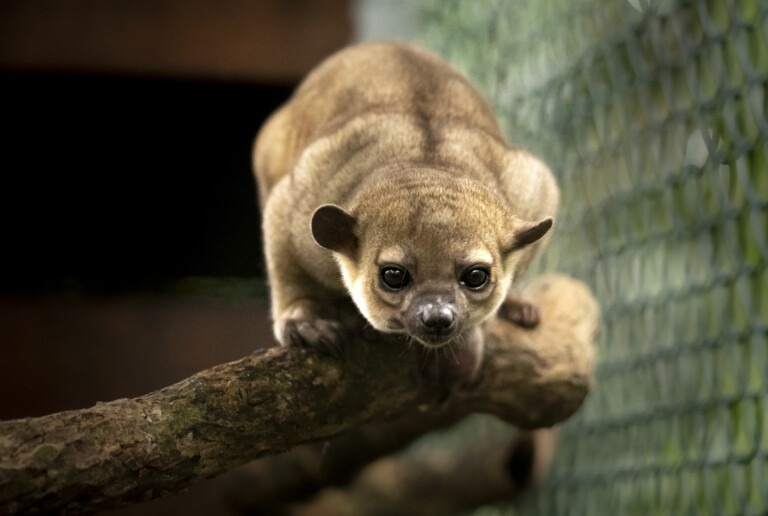
Jasper is one of our most unique residents. He was found in an abandoned zoo enclosure with nothing in it but a carboard box and a soiled sheet. We don’t know how long he went without food. He has made a full physical recovery since, but the trauma experienced during that time left him with a lasting neurological disorder which prevents him from being able to live in the wild. He will live in our sanctuary where his days are full of stimulating puzzles and enrichment activities to keep his inquisitive mind occupied.
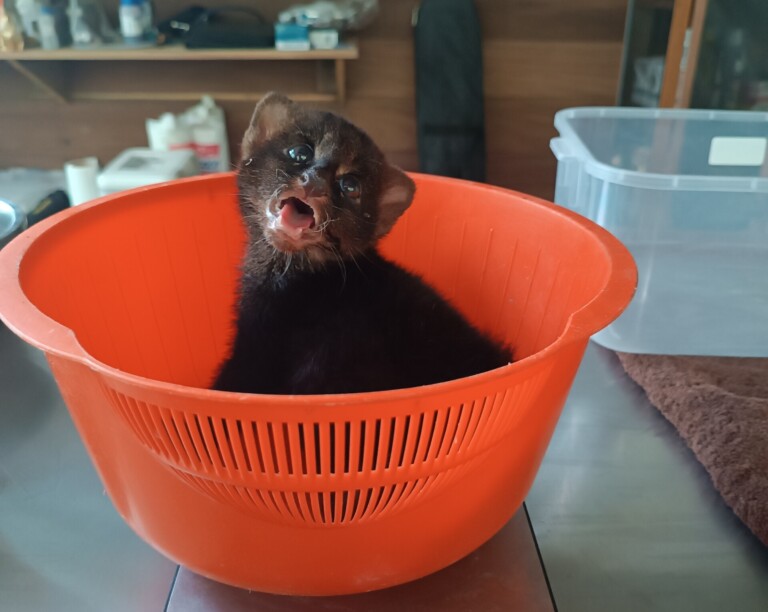
Bagheera is our first ever jaguarundi rescue, and at first we thought we might lose him. He arrived at one month old, with half a tail and a serious infection. Our vets were able to save his life (and his tail!) and he is now growing larger and stronger by the day. We have no doubt about bagheera’s future wild life. He will take this jungle by a storm!
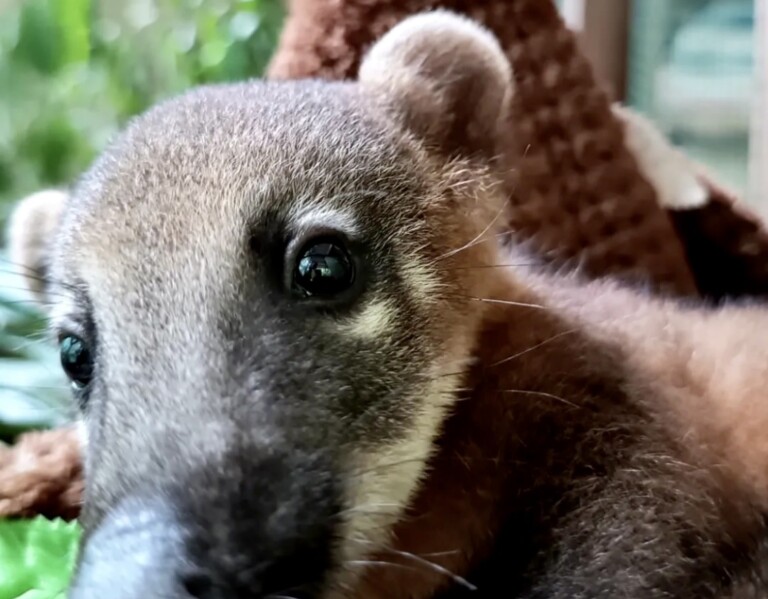
usqu is our most recent infant coati rescue, which usually we don’t post about. That’s because like peccaries, baby coatis rarely make it without their biological mothers. while usqu is growing and improving every day, he remains in our nursery until he’s large enough to go outside and face the elements. We are very hopeful for usqu’s future, and that one day soon he will join our newly formed band of coatis!
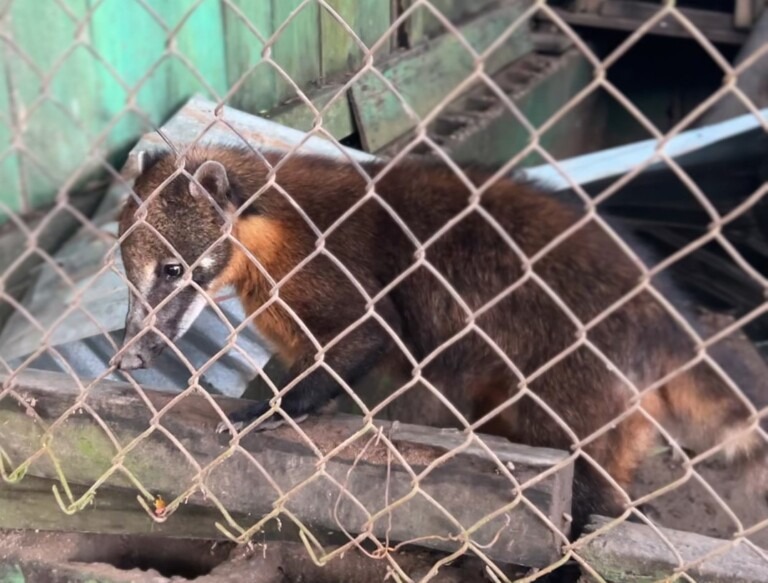
we found payo, old and forgotten at a roadside zoo. When we went to feed him, he almost broke out of his enclosure to get to the food. He was that hungry, and it was built that poorly. We will be accepting payo into our sanctuary early january 2024, where he will likely live out the rest of his days. If he cannot be rehabilitated for a wild life, we plan to join him with an older female in the future, to live out their days together.

Arya and David aren’t siblings, but came to Hoja Nueva at the same time all the way from central Peru, where they were rescued from the pet trade. Oncillas are reclusive and tiny and therefore extremely understudied, so we have enjoyed learning about them during their rehab. We can’t wait to return two members of such an important species back to their high rainforest home in four months!
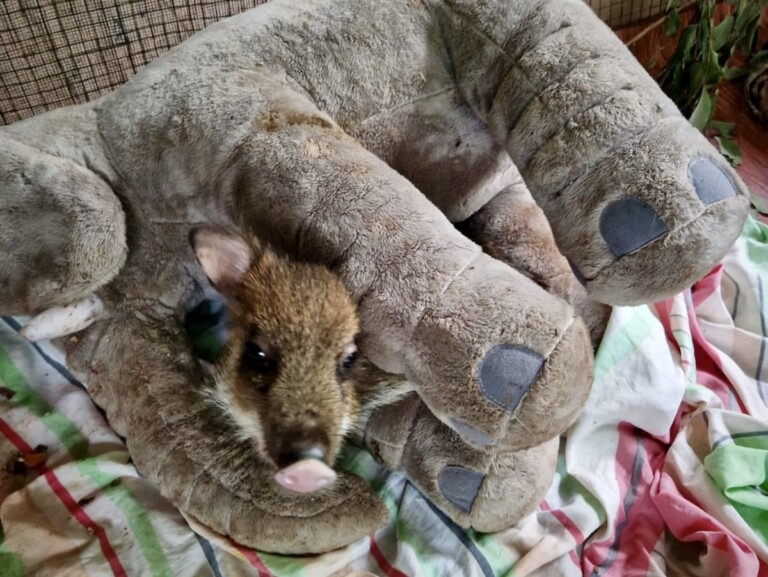
Gus is a survivor. he is one of the few newborn collared peccaries we’ve received to make it through the infant stage without his real mother by his side. as you can see, we provided gus with a surrogate peccary mom, this elephant stuffed animal, on his first day. He only sleeps when cuddled into her! This is also helpful in limiting human contact and imprinting. In 2 months we will join gus with two juvenile peccaries, lilo and stitch, to form their own new group for release.
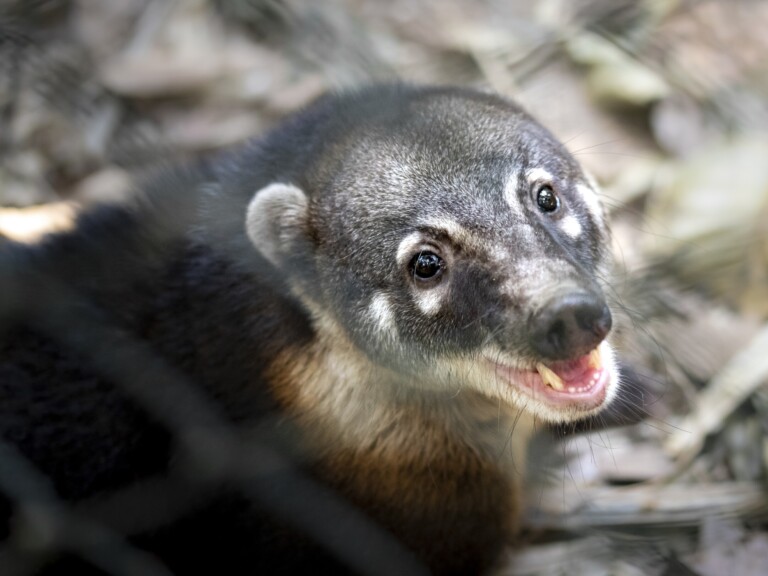
Eddie & Naysha are two senior coatis who were previously kept as pets until abandoned by their owners. Due to their age and level of habituation to humans, they are no longer able to care for themselves in the wild and therefore will remain in our sanctuary. They spend most of their day napping, eating fruits, and playing with the complex enrichment puzzles provided for them (although Eddie is usually only interested in enrichment if it involves food!).
Sponsors
Gold Sponsors
Juliet Elise Day
Julian Schlömer
Bob & Ginny Selwood
Silver Sponsors
Mark Jones
Larry & Sharry Seal
Cliff Schultz
Bronze Sponsors
Lisa Tully
Jonathan Hardy
Maria Avendano
Marilu Cristina Flores
Auros Ansbergs Harman
Kathryn Flaisig
Marcie Guidry
Daniel Hubbard
Mike Torres
Kristy Walter
Anjali Shenoy
Henning Prey
Elizabeth Bell
Cody Moynes
Randy Gale
CPG
JRG
Kobi Chase
Mike Torres
Iris Hampp
SAMO
Cathleen Lange
Benjamin Jackson
Rebecca P.
Gold Sponsors
Silver Sponsors
Bronze Sponsors
Emily Dahl
Gold Sponsors
Silver Sponsors
Kristin Zellner
Bronze Sponsors
Mary Kuppe
Patrick Finney
Heike Küfer
Clifford Schultz
Reg Miller
Jill McNulty
Heike Kufer
Carola Allan
Emily Mcilroy
Fred Cerny
